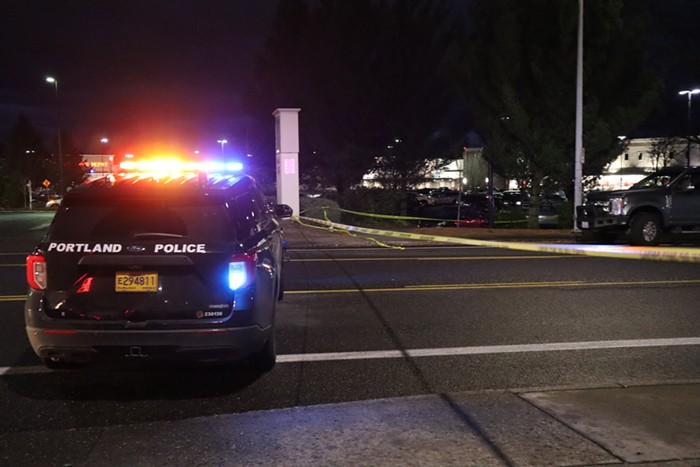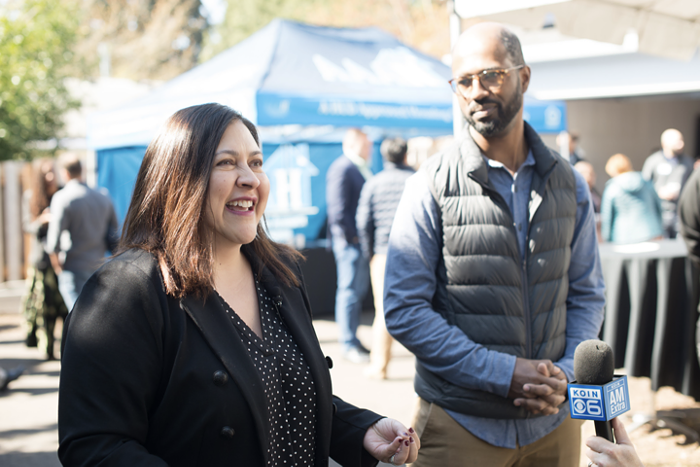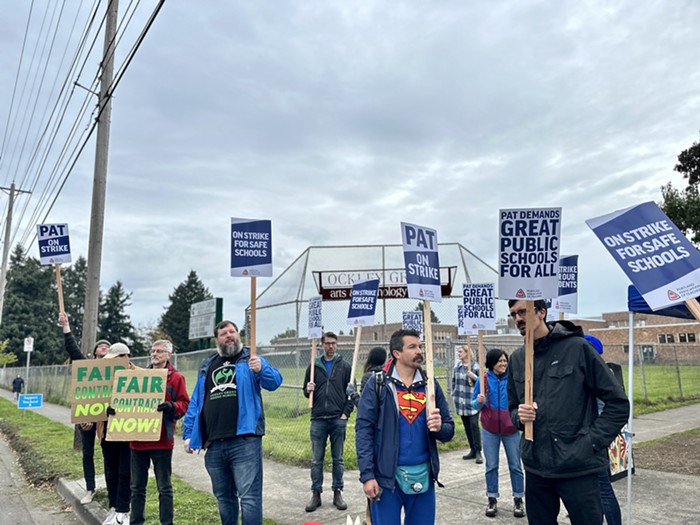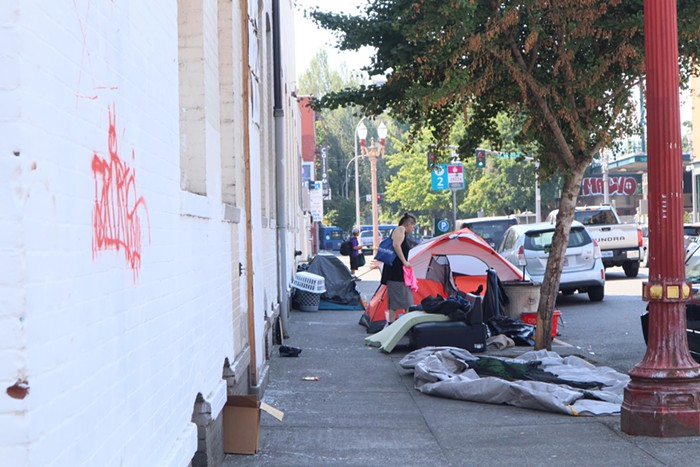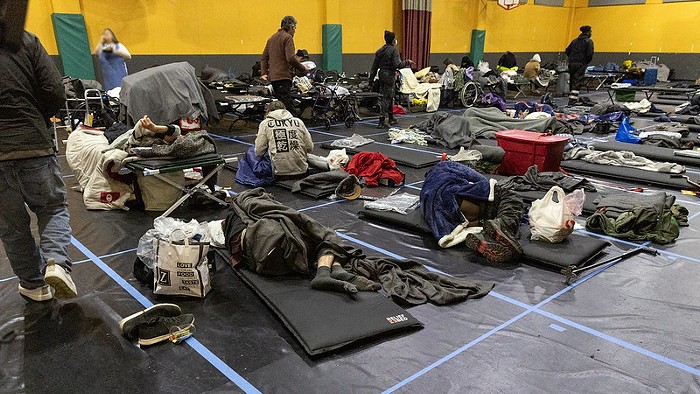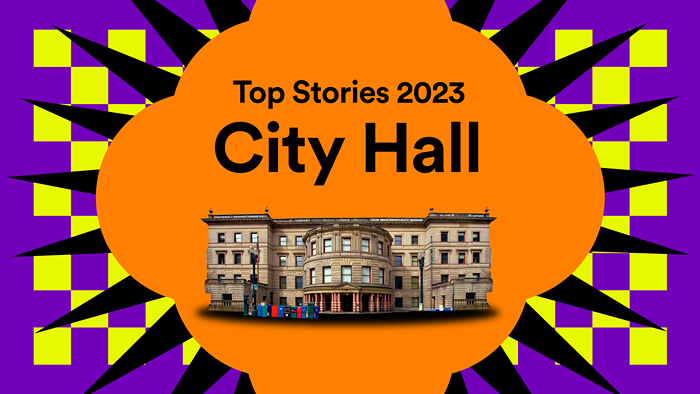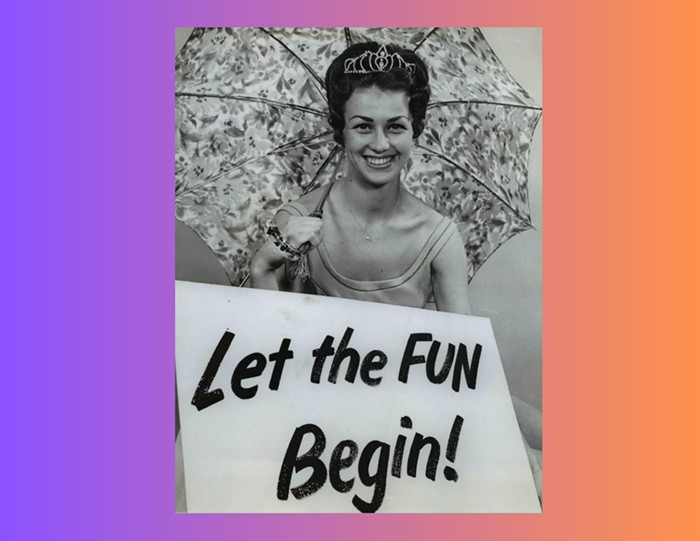
Three consecutive days of record-breaking temperatures strained every facet of Portland’s infrastructure. Multnomah County Emergency Services received a record-breaking 491 medical calls in a single day. Portland roadways buckled and the Portland Streetcar had to stop service because its power cables melted in the heat. While Multnomah County employees and local homeless services distributed tens of thousands of water bottles and cooling supplies, officials reported at least 59 deaths in Multnomah County and 79 statewide due to the heat as of July 2. And there could be more to come.
As Portlanders struggled through the weekend to mitigate the effects of this historic heatwave, another strained system became apparent: 2-1-1, the information hotline widely publicized as a primary source for cooling center information and transportation assistance, failed during peak hours of the heatwave. For 14 hours on June 27, over 100 callers attempted to access 2-1-1 but were surprised to discover there was no mention of the heatwave on the voicemail and no clear way to be connected with an operator.
The 2-1-1 information hotline serves Oregon and Southwest Washington, providing a litany of information year-round, including lists of homeless shelters, pesticide reporting, foster parent support, and—for the past year and a half—COVID-19 and vaccine information.
As Multnomah County started to prepare for the historic heatwave last week, county officials activated 2-1-1 to serve as a hotline for cooling center locations and transportation assistance. But officials at the county and 2-1-1 learned over the weekend that callers were having issues reaching the hotline as temperatures soared over 110 degrees.
On June 27 between midnight and 2 pm, 2-1-1 received 124 calls that were sent to a message indicating the offices were closed, according to 2-1-1’s Director of Partnerships, Cara Kangas.
It was 10:45 am on Sunday, June 27, when Multnomah County officials first heard reports of callers not being connected to 2-1-1 staff. According to Kangas, the problem with the system was two-fold: a variable level of services depending on the caller’s location, and unclear phone tree options.
While 2-1-1 serves all of Oregon and Southwest Washington, each county has a different contract with the hotline. While most counties’ contracts are for 2-1-1’s core services during regular business hours, Multnomah County’s contract includes extended service hours—but only for particular programs.
“If someone calls 211 outside of the Monday through Friday, 8 am to 6 pm hours and they enter a non-Multnomah County zip code, and they're trying to just get to core 2-1-1 services, they will hear a message that we’re closed,” Kangas explained. However, the hotline also has some Multnomah County programs that are staffed to receive calls 24/7.
For Multnomah County callers, 2-1-1 provides 24/7 response to calls pertaining to homeless shelters, foster parent support, and pesticide reporting, as well as extended hours for calls about COVID-19 and childcare.
For any Portland callers who entered a Clackamas County zip code, or who didn’t know their zip code, the 2-1-1 phone tree sent them to the closed message.
“You can imagine if you are sweaty, if you're hot, and you're calling on your phone…,” said Julie Sullivan-Springhetti, a Multnomah County spokesperson. “Maybe you don't even have a zip code.”
If a caller did enter a Multnomah County zip code, they heard a long phone tree message which included options for rental assistance, COVID information, homeless shelters, and pesticide reporting. Notably, there was no explicit mention of cooling centers. If callers selected the option for homeless shelters, they would have been connected with someone who could provide cooling center information, but—based on reports on social media and caller feedback—many people waited through the phone tree, hoping to be connected with an operator, only to hear the closed message.
“Clearly there was a problem and it was a huge concern for us,” said Sullivan-Springhetti. “When you hit the point where you're calling 211, you're at the point [of needing help immediately].”
On Sunday morning, Multnomah County Chair Deborah Kafoury asked 2-1-1 to create a new phone tree option at the beginning of the message explicitly providing information about cooling centers and heatwave resources. The new option was added to the phone tree switchboard and was operational by 2 pm.
While Kangas praised 2-1-1’s “quick and nimble” response to the issue, she knows the service needs to collaborate with other county and state emergency response departments to continually improve the system—especially with this year’s expected wildfire severity.
“With emergency management, it’s usually 95 percent planning and then 5 percent responding,” Kangas said. “But there’s always going to be a snag. It just happens because we're human.”
The county, 2-1-1, Oregon Health Authority, and Oregon Department of Human Services will all be participating in debriefing meetings—called After Action Reviews—next week to review what did and didn’t work about the collective response to the heatwave. Kangas said the information and lessons from the After Action Reviews will be applied to 2-1-1’s wildfire season preparation.
“Going forward, there’s always more we can do better,” Sullivan-Springhetti said. “But I think there was an important lesson for all of us in the realization that you have to lower the barrier between the person on the street corner who's calling for help and actually getting them help.”

